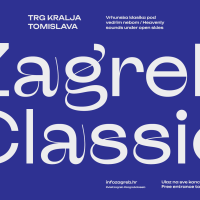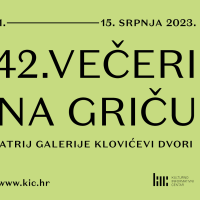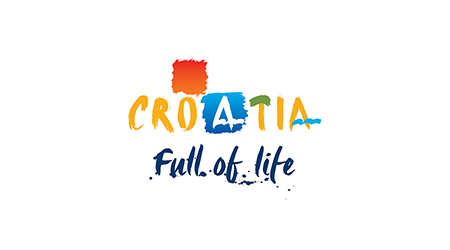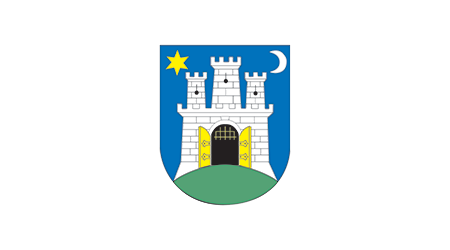Night Concerts Kick Off
The National and University Library has teamed up with the Zagreb Philharmonic orchestra and has organized a cycle of free night concerts to give younger generations the opportunity to become acquainted with young musicians and their work.
 After first having opened its doors to students who want to study at night, the National and University Library has teamed up with the Zagreb Philharmonic Orchestra and started organizing night concerts as well. The first in the cycle of four concerts, devoted to young musicians, was held on 9 April and featured the Acoustic Project Ensemble. The main objective of the night concerts is to enable students to become acquainted with the work of young educated musicians and to listen to a different type of music than that which they hear every day. The entrance to all the concerts is free.
After first having opened its doors to students who want to study at night, the National and University Library has teamed up with the Zagreb Philharmonic Orchestra and started organizing night concerts as well. The first in the cycle of four concerts, devoted to young musicians, was held on 9 April and featured the Acoustic Project Ensemble. The main objective of the night concerts is to enable students to become acquainted with the work of young educated musicians and to listen to a different type of music than that which they hear every day. The entrance to all the concerts is free.
The space and acoustics of the National and University Library make it an ideal concert venue. A convention center is scheduled to open on the library premises next year so the cooperation with the Zagreb Philharmonic Orchestra will not only continue but also expand and include other projects.
The National and University Library was founded in 1607, which is the year when the first books were recorded. Before 1645, the library already had a special room, a librarian and a set of rules for safeguarding and lending books. Throughout its history it has changed locations and existed as part of a number of different institutions. In 1913, it got its own dedicated premises in the impressive Art Nouveau building at Marko Marulić Square. The building of the then Royal University Library, a zero grade listed monument in its own right, served its purpose until 1995, when the library holdings were moved to a new, modern building. Currently, the library boasts a total of 2.5 million items, occupying over 114 kilometers of shelves. Of that, there are 66 kilometers of books, and 48 kilometers of periodicals. The library also houses special collections such as a collection of manuscripts and old books, a collection of prints, a collection of geographical maps and atlases and a collection of musical and audio material. The reading room has a capacity of 1,100 seats with an additional 64 seats in the reading rooms attached to the special collection holdings. There are also study rooms, seminar rooms, etc.
Published: 01.05.2008
 Hrvatski
Hrvatski English
English Deutsch
Deutsch Spanish
Spanish French
French Italian
Italian Russian
Russian Korean
Korean Japanese
Japanese Chinese
Chinese After first having opened its doors to students who want to study at night, the National and University Library has teamed up with the Zagreb Philharmonic Orchestra and started organizing night concerts as well. The first in the cycle of four concerts, devoted to young musicians, was held on 9 April and featured the Acoustic Project Ensemble. The main objective of the night concerts is to enable students to become acquainted with the work of young educated musicians and to listen to a different type of music than that which they hear every day. The entrance to all the concerts is free.
After first having opened its doors to students who want to study at night, the National and University Library has teamed up with the Zagreb Philharmonic Orchestra and started organizing night concerts as well. The first in the cycle of four concerts, devoted to young musicians, was held on 9 April and featured the Acoustic Project Ensemble. The main objective of the night concerts is to enable students to become acquainted with the work of young educated musicians and to listen to a different type of music than that which they hear every day. The entrance to all the concerts is free. 









